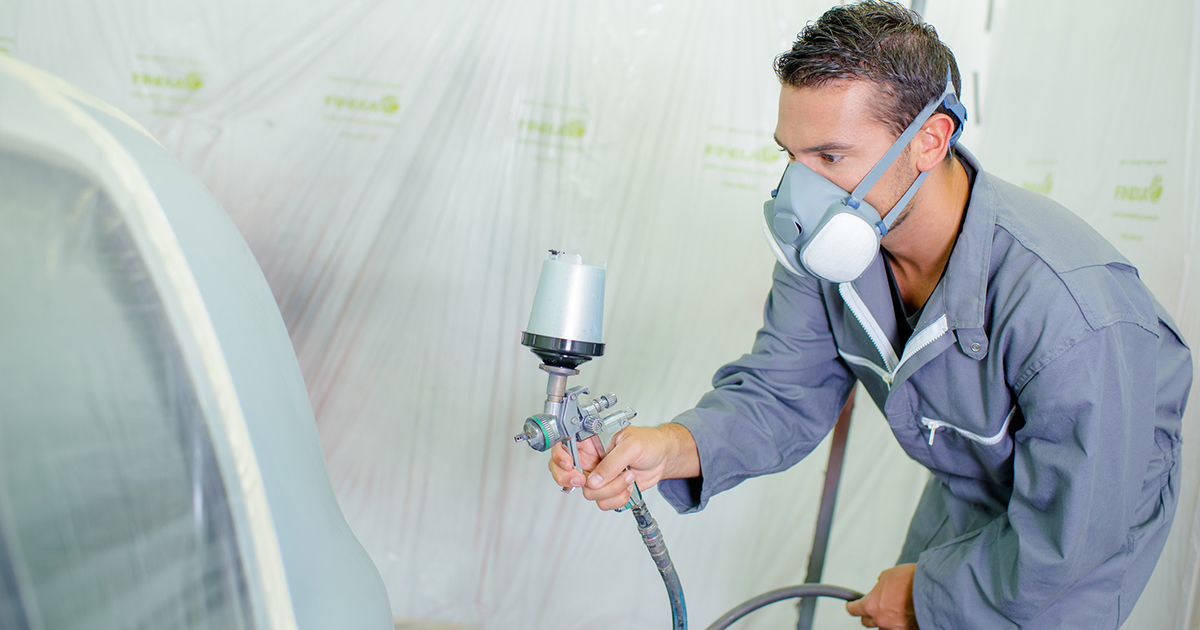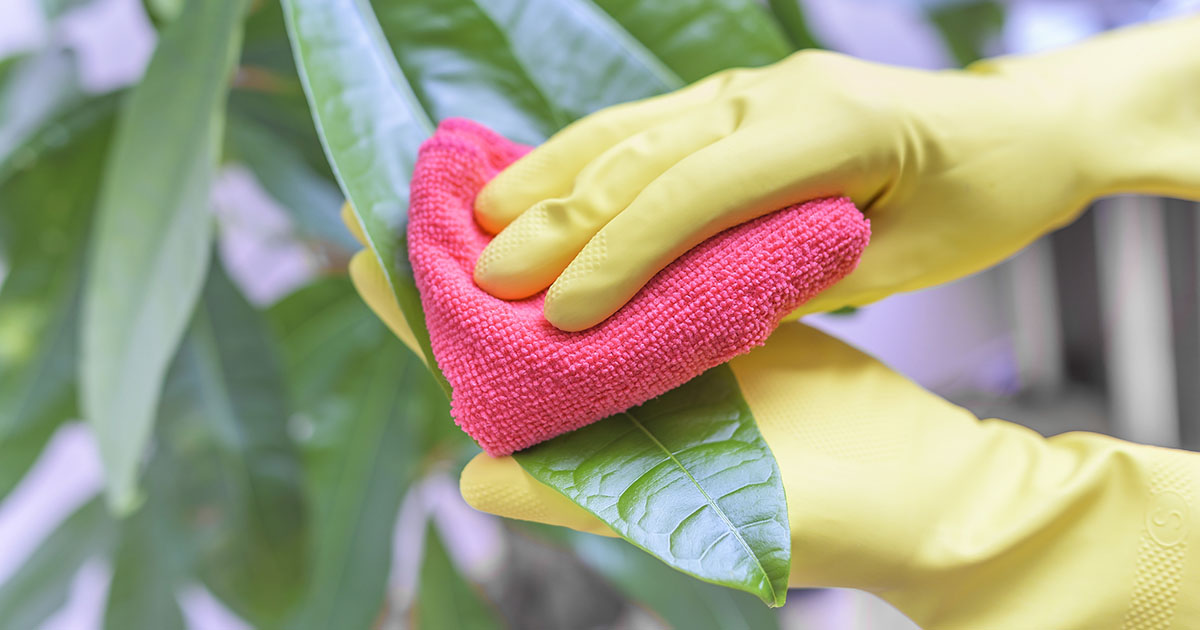How To Effectively Prevent And Treat Lead Contamination
Avoiding Prolonged Exposure

Avoiding prolonged exposure may help reduce the accumulation of lead in the blood and prevent it from reaching levels where treatment is required. To reduce the likelihood of prolonged exposure, homeowners may wish to have their water supply tested for lead. Workers who use batteries and those who work with glass and in automotive departments should follow all workplace safety precautions. They should wear masks and gloves when handling materials known to contain lead. Home renovations are another common source of prolonged lead exposure, especially if projects include removing old paint. While renovating, children should be removed from the renovation site, and workers should wear masks and protective gear as appropriate. Sometimes, it may be safer and faster to seal in old lead paint instead of trying to remove it.
Learn more about preventing and treating lead contamination now.
Clean Dusty Surfaces

Dust in the home may contain lead from lead-based paint chips. In addition, lead sometimes occurs in the soil located along the outside walls of homes, and this contaminated soil can get tracked inside, where it settles and becomes part of household dust. Therefore, professionals recommend that everyone clean dusty surfaces to prevent and reduce lead exposure. In particular, baseboards, floors, and windowsills should be dusted, vacuumed, or wiped down frequently. Individuals who live in homes with patches of bare dirt may wish to consider covering these with mulch, landscaping materials, grass, or flowers. Patients who are especially concerned about the potential for lead in the soil around their homes can arrange to have a soil test performed. In general, lead is more likely to be found in the soil around homes near major highways. The yards of homes in urban settings may also be more likely to have lead in the soil.
Discover more options for treating and preventing lead contamination now.
